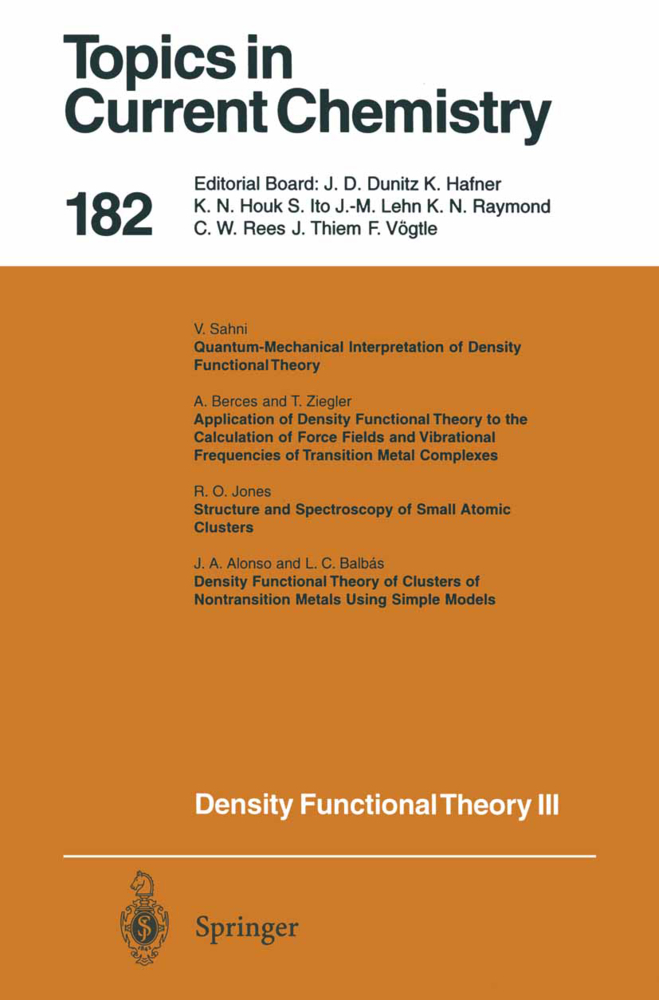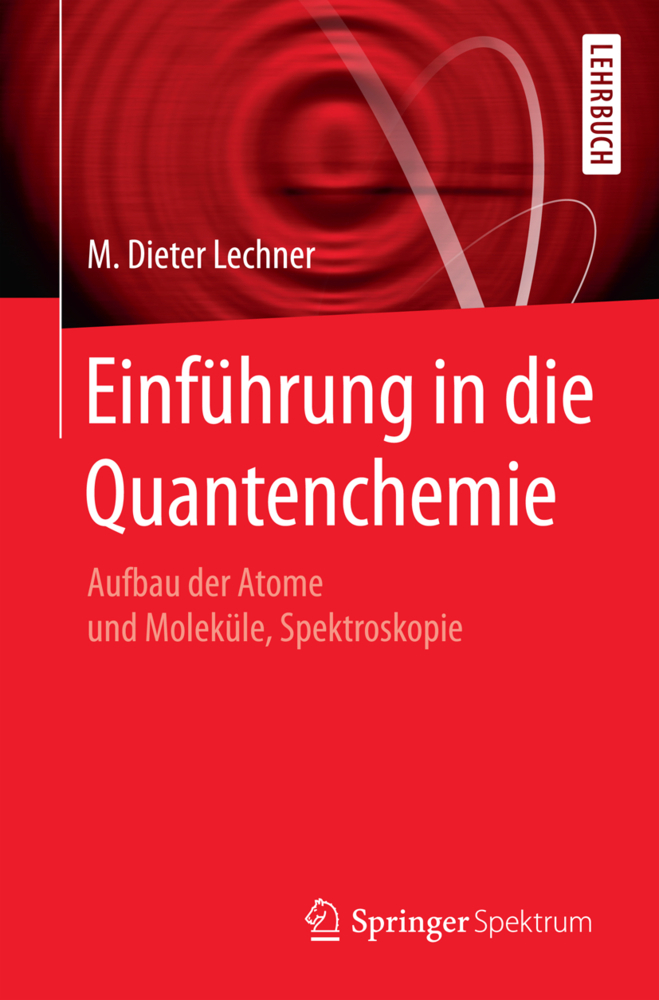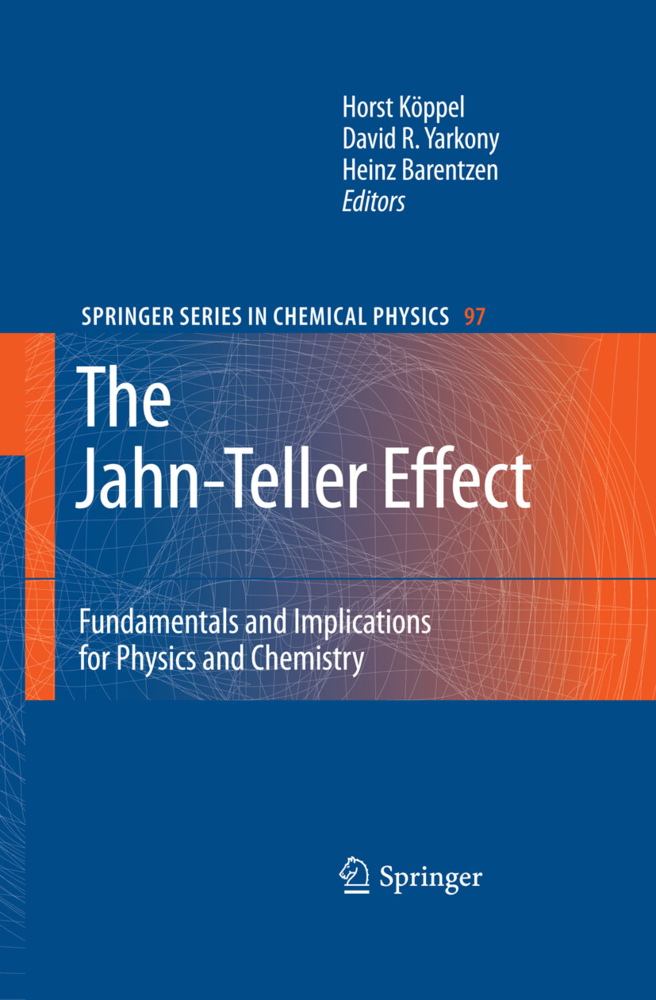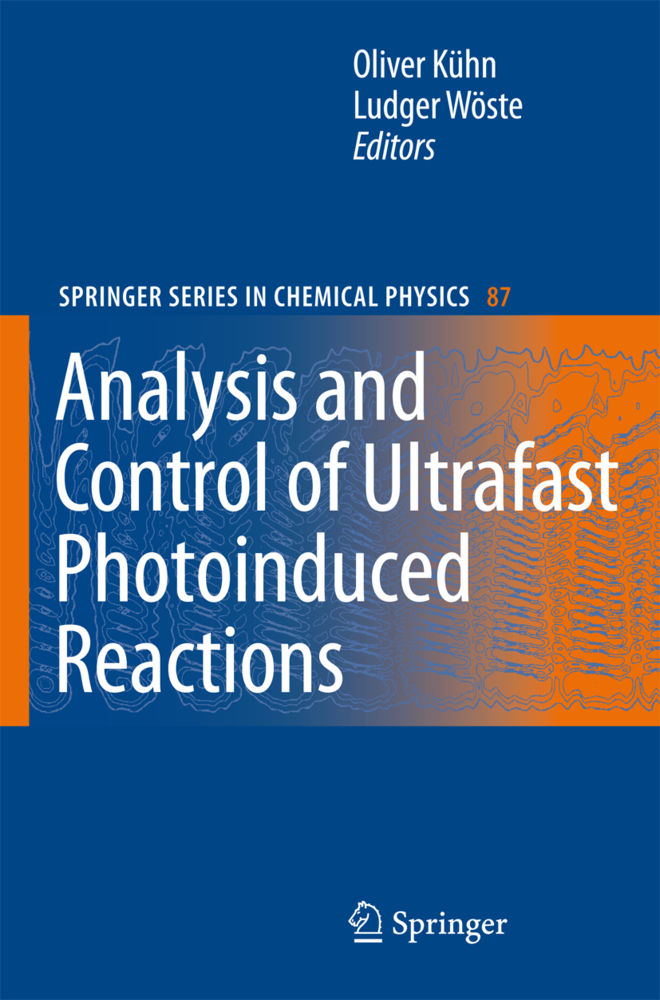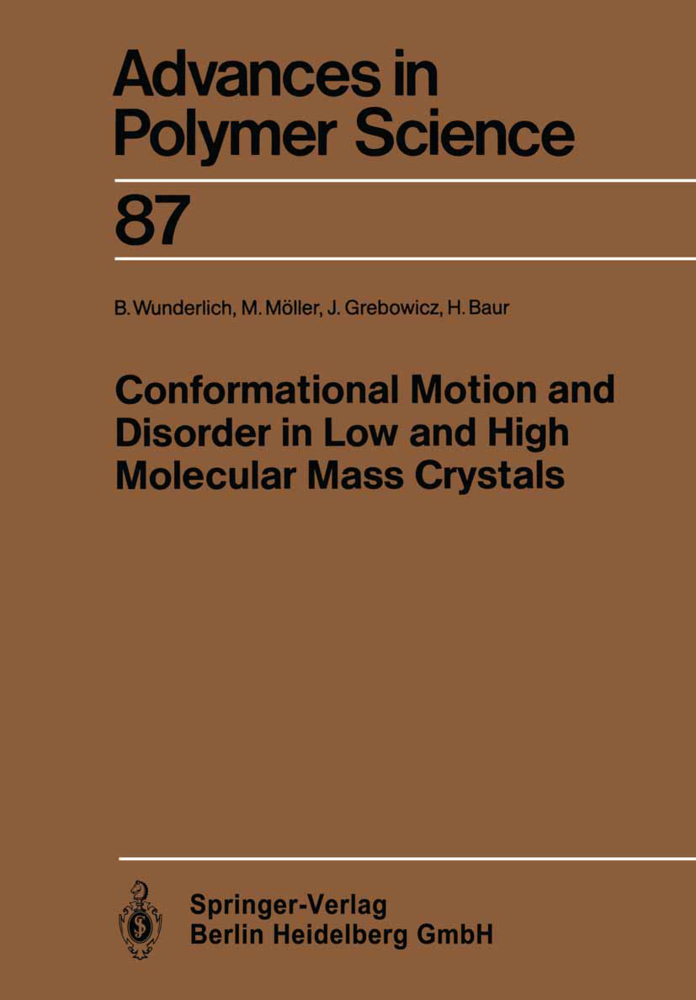A Bibliography 1986-1992
A Bibliography 1986-1992
Relativistic effects are of major importance for understan-
ding the properties of heavier atoms and molecules. This
book is still the only comprehensive bibliography on related
calculations. The material is organized by subject into ta-
bles containing a concise characterization. Together with
Volume I (Lecture Notes in Chemistry Vol. 41, ISBN
3-540-17167-3) the literature until 1992 is now covered and
6577 references, with titles, are given in the two books.
The book will provide aconvenient reference for theoretical
chemists and atomic and molecular physicists interested in
the properties of heavier elements.
Contents: Introduction - One-particle problems - Quantum
electrodynamical effects - Multielectron atoms: methods -
Multielectron atoms: results - Symmetry - Molecular calcula-
tions - Solid-state theory - Relativistic effects and heavy-
element chemistry - Corrections to Volume I - Some comments
on notations and terminology - List of acronyms and symbols
- Bibliography.
2. One-particle problems
Table 2.1. The Dirac equation: interpretative studies, symmetry properties and non-relativistic limits
Table 2.2. The Dirac equation: further transformations
Table 2.3. The Dirac equation: solutions for hydrogen-like systems
Table 2.4. The Dirac equations: solutions for various non-coulomb fields
Table 2.5. Relativistic virial theorems
3. Quantum electrodynamical effects
Table 3.1. Higher-order corrections: methods
Table 3.2. Higher-order corrections: hyperfine interactions
Table 3.3. Higher-order corrections: energy levels
Table 3.4. Higher-order corrections: interatomic and -molecular interactions
4. Multielectron atoms: methods
Table 4.1. General methods and basic theory for multielectron atoms
Table 4.2. Published programs for atoms
Table 4.3. Numerical, non-statistical four-component methods
Table 4.4. Four-component LCAO approaches for many-electron atoms
Table 4.5. Various four-component local-density methods
Table 4.6. Thomas-Fermi calculations
Table 4.7. Independent-particle models
Table 4.8. Definitions, reviews and background for effective potential calculations
Table 4.9. Effective-potential methods
Table 4.10. Available relativistic effective potentials
Table 4.11. One-component and perturbation calculations
Table 4.12. (1/Z) - and other similar expansions for many-electron atoms
Table 4 .13 . Relativistic nuclear calculations
5. Multielectron atoms: results
Table 5.1. Tabulations of atomic ground-state properties
Table 5.2. Data on atomic energy levels
Table 5.3. Auger and autoionization processes
Table 5.4. Ionization potentials and electron affinities3
Table 5.5. Supercritical (Z > 137) systems.-Table 5.6. Electromagnetic transition probabilities
Table 5.7. Polarisabilities and screening constants9
Table 5.8. Electric and magnetic hyperfine properties
Table 5.9. Average radii ?rn? and magnetic g-factors.
Table 5.10. Compton profiles, momentum distributions and spin densities
Table 5.11. X-ray scattering factors
Table 5.12. Electron and positron scattering
Table 5.13. Particle-atom collisions
Table 5.14. Photon scattering and photoionization
Table 5.15. Atom-atom collisions and interatomic potentials
Table 5.16. Nuclear processes involving electronic wave functions
Table 5.17. Parity-violation effects in atoms and molecules
6. Symmetry
Table 6.1. Group theory and symmetry aspects
7. Molecular calculations
Table 7.1. One-electron systems
Table 7.2. LCAO-DF calculations on molecules
Table 7.3. Molecular all-electron calculations using "no-pair" or other transformed Dirac Hamiltonians
Table 7.4. Molecules treated by the DS-DVM method
Table 7.5. Molecules treated by the DS-MS X? method
Table 7.6. Molecules treated by the quasirelativistic DS-MS X? approach
Table 7.7. Molecules treated by pseudopotential methods
Table 7.8. Molecules treated by the Perturbative Hartree-Fock-Slater (P-HFS) method
Table 7.9. First-order perturbation theory on molecules
Table 7.10. Density functional calculations
Table 7.11. Semiempirical methods
Table 7.12. Relativistic crystal field theory
Table 7.13. Relativistic theories of molecular properties
8. Solid-state theory
Table 8.1. Band-structure calculations
Table 8.2. Relativistic theories of solid- and liquid-state phenomena
9. Relativistic effects and heavy-element chemistry
Table 9.1. "Relativity and the periodic system". Periodic trends, reviews andpedagogical papers
Table 9.2. Bond lengths
Table 9.3. Magnetic resonance parameters
Table 9.4. Electric dipole moments and molecular charge distributions
Table 9.5. Molecular energy levels and energy transfer
Table 9.6. Molecular ionization potentials and electron affinities
Corrections to Volume I
Some comments on notations and terminology
List of acronyms and symbols.
1. Introduction
Table 1.1. Monographs and other general references2. One-particle problems
Table 2.1. The Dirac equation: interpretative studies, symmetry properties and non-relativistic limits
Table 2.2. The Dirac equation: further transformations
Table 2.3. The Dirac equation: solutions for hydrogen-like systems
Table 2.4. The Dirac equations: solutions for various non-coulomb fields
Table 2.5. Relativistic virial theorems
3. Quantum electrodynamical effects
Table 3.1. Higher-order corrections: methods
Table 3.2. Higher-order corrections: hyperfine interactions
Table 3.3. Higher-order corrections: energy levels
Table 3.4. Higher-order corrections: interatomic and -molecular interactions
4. Multielectron atoms: methods
Table 4.1. General methods and basic theory for multielectron atoms
Table 4.2. Published programs for atoms
Table 4.3. Numerical, non-statistical four-component methods
Table 4.4. Four-component LCAO approaches for many-electron atoms
Table 4.5. Various four-component local-density methods
Table 4.6. Thomas-Fermi calculations
Table 4.7. Independent-particle models
Table 4.8. Definitions, reviews and background for effective potential calculations
Table 4.9. Effective-potential methods
Table 4.10. Available relativistic effective potentials
Table 4.11. One-component and perturbation calculations
Table 4.12. (1/Z) - and other similar expansions for many-electron atoms
Table 4 .13 . Relativistic nuclear calculations
5. Multielectron atoms: results
Table 5.1. Tabulations of atomic ground-state properties
Table 5.2. Data on atomic energy levels
Table 5.3. Auger and autoionization processes
Table 5.4. Ionization potentials and electron affinities3
Table 5.5. Supercritical (Z > 137) systems.-Table 5.6. Electromagnetic transition probabilities
Table 5.7. Polarisabilities and screening constants9
Table 5.8. Electric and magnetic hyperfine properties
Table 5.9. Average radii ?rn? and magnetic g-factors.
Table 5.10. Compton profiles, momentum distributions and spin densities
Table 5.11. X-ray scattering factors
Table 5.12. Electron and positron scattering
Table 5.13. Particle-atom collisions
Table 5.14. Photon scattering and photoionization
Table 5.15. Atom-atom collisions and interatomic potentials
Table 5.16. Nuclear processes involving electronic wave functions
Table 5.17. Parity-violation effects in atoms and molecules
6. Symmetry
Table 6.1. Group theory and symmetry aspects
7. Molecular calculations
Table 7.1. One-electron systems
Table 7.2. LCAO-DF calculations on molecules
Table 7.3. Molecular all-electron calculations using "no-pair" or other transformed Dirac Hamiltonians
Table 7.4. Molecules treated by the DS-DVM method
Table 7.5. Molecules treated by the DS-MS X? method
Table 7.6. Molecules treated by the quasirelativistic DS-MS X? approach
Table 7.7. Molecules treated by pseudopotential methods
Table 7.8. Molecules treated by the Perturbative Hartree-Fock-Slater (P-HFS) method
Table 7.9. First-order perturbation theory on molecules
Table 7.10. Density functional calculations
Table 7.11. Semiempirical methods
Table 7.12. Relativistic crystal field theory
Table 7.13. Relativistic theories of molecular properties
8. Solid-state theory
Table 8.1. Band-structure calculations
Table 8.2. Relativistic theories of solid- and liquid-state phenomena
9. Relativistic effects and heavy-element chemistry
Table 9.1. "Relativity and the periodic system". Periodic trends, reviews andpedagogical papers
Table 9.2. Bond lengths
Table 9.3. Magnetic resonance parameters
Table 9.4. Electric dipole moments and molecular charge distributions
Table 9.5. Molecular energy levels and energy transfer
Table 9.6. Molecular ionization potentials and electron affinities
Corrections to Volume I
Some comments on notations and terminology
List of acronyms and symbols.
Pyykö, Pekka
| ISBN | 978-3-540-57219-0 |
|---|---|
| Medientyp | Buch |
| Copyrightjahr | 1993 |
| Verlag | Springer, Berlin |
| Umfang | VIII, 479 Seiten |
| Sprache | Englisch |



